About Saul
Saul Kutnicki is a graduate of Indiana University in Communication and Culture with a focus in cinema and media studies & rhetoric and public culture. His dissertation, entitled "Impermanent Cinema: A Rhetorical History of Decline," explores the material trajectories of cinema history during particular episodes of decay, abandonment, and ruin. For more on this research and other projects please visit either the "dissertation" or "projects" link above.
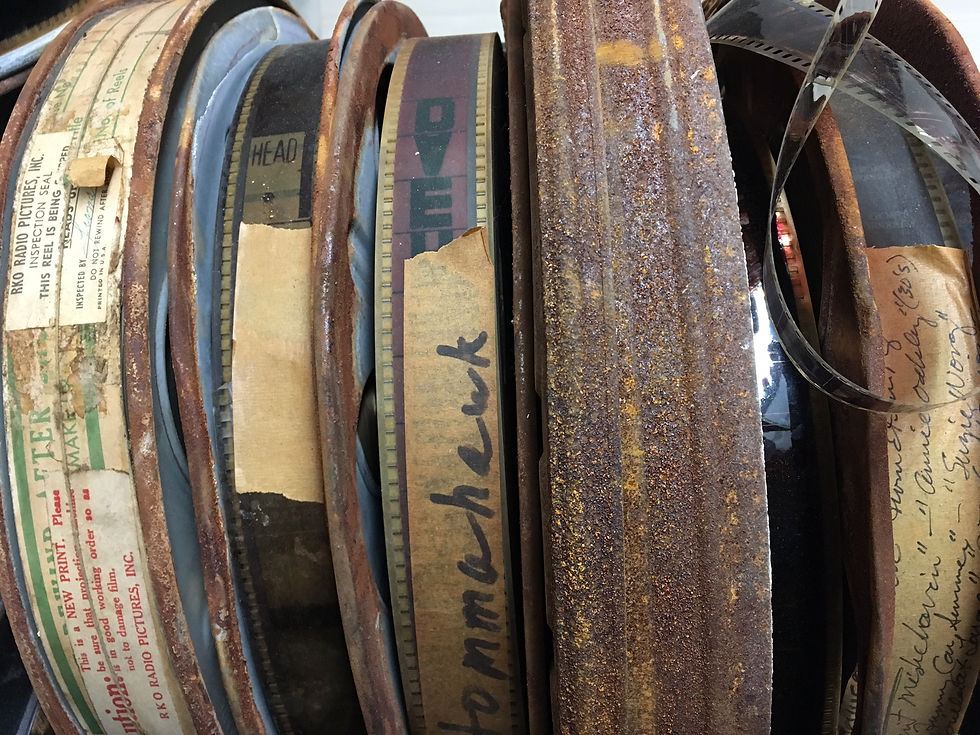

Saul Kutnicki
Teacher | Researcher | A/V Archivist
Education
Ph.D. Indiana University, 2020
M.A. Indiana University, 2014
B.A. Transylvania University, 2007
Certificate, Library Information Technology, 2023
Email:
sakutnick [at] gmail [dot] com
COURSES TAUGHT and DESIGNED
MSCH-A-315
Advertising and Consumer Culture
By the end of this class students could identify and justify their selections of primary source materials, which help them to make judgments about how advertising operates both as and on culture and, as a result, demonstrate through their own writing a sophisticated ability to argue convincingly about issues related to the nature and consequences of consumer culture during significant moments in human history.
ENG-R-355
Public Memory in Communication and Culture
Topic: Impermanence
After completing this class, students were able to assemble a portfolio, using visual and/or written formats that identifies real life problems encountered when studying memory in public culture and propose action or new ways of thinking that help address these problems. At the end of the semester they were more confident in describing how memory and ruins are substantial rhetorical concepts that mediate relationships between entities such as people, objects, places, memorials, photographs, and narratives.
MSCH-V-334
Ethics in Ruins: Image and Aftermath in American Mediascapes
By the end of the semester, students were able to compose their own, individualized, definition of ruins, arrange and edit media artifacts to present visual narratives supporting this definition, and persuade others why their definition and arrangement of visual data generate particular matters of concern about ethics and politics as they relate to media more broadly. Students assembled a portfolio of visual and/or written formats to argue why they believe that their own research on the topic of ruins impacts perspectives on history, visual media, and/or material artifacts impacted by material decline.
By the end of this class students developed an understanding of three areas of critical cultural expertise: ethnographic, historical, and political. By adopting approaches to the study of cultural artifacts offered by these areas of expertise, students were able to curate their own cultural history of the shopping mall as: a site of specific social practice, an historical relic of the recent past, or a politically pertinent place of civic life. By building on knowledge of material, archival, ephemeral, architectural, visual, and spatial qualities of the shopping mall students were able to shed light on elements of American culture that would otherwise have gone overlooked or forgotten and present their research in a custom designed project.
CLLC-L-220
The Shopping Mall in American Life
CORE COURSES TAUGHT
CMCL-208
Image Cultures

CMCL-122
Interpersonal Communication

CMCL-121
Public Speaking
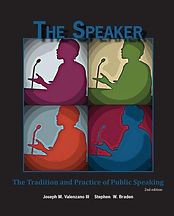
DISSERTATION
"Impermanent Cinema: A Rhetorical History of Decline"
Impermanent Cinema

The dissertation begins with a simple question: What are cinema's significant objects of impermanence? The question requires a particular approach to film history that zeros in on moments of decline, decay, or abandonment rather than moments of invention, innovation, or restoration. The unstable nature of such degraded physical objects and their erratic social lives demands a more nuanced sense of life and death spans of material culture, the underlying industrialized complexity, post production circulation, and overall trajectory of multiple sites of obsolescence and abandonment.
Rhetorical History
What makes objects signifying cinema's decline speak history? The question requires the development in this project of an understanding of the rhetorical dispositions of history and the attitudes toward historical inquiry that supply knowledge of the past, the process of selecting of evidence, and the production of time & space via engagements with physical artifacts. This understanding is complementary to the challenges posed by historicizing impermanence involved in this project, since rhetoric has always been equipped to analyze the material realties of contingency, fragmentation, and change.

Decay, Rubble, Abandonment, and Demolition
The Chapters
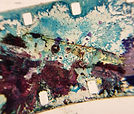

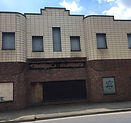
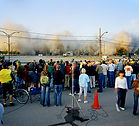
To address such broad issues each chapter carefully examines a particular site of cinema's impermanence. The slow but substantial decay of acetate film provides a glimpse into how technicians anticipate "the end of film." Production design labor supplies a lens for understanding how urban rubble can be exploited as motion picture backdrop during the making of the feature film Escape From New York. The abandoned theaters of Main Street are ironically preserved by their own fall into disuse and accessed through photographs documenting their decline. And the demolitions of factory buildings at Kodak Park send ripples out through the motion picture industrial landscape to mark the end of a an era of celluloid. Together these chapters chart the fragmented, material, networks of decline that have accumulated in a lost heap of cinema culture and give definition to an impermanent cinema.
CINEMA PROGRAMMING

16mm and the '68 Galaxies
IUL Moving Image Archive, Feb 10, 2017
Sifting Through the Ruins
Indiana University Cinema, Fall 2016
Educational Films Directed By Women
Herman B. Wells Library, Sept 9, 2015
Social Guidance Sunday
The Bishop Bar, 2014-2020
PROJECTS
DEAD AND DYING MALLS
...research is focused on the relationship between large scale retail spaces, control, and the aftermath of abandonment and commercial architecture's processes of decay. The project has begun with an essay that explores the relationship between mall design and visual culture of wayfinding media through the history of shopping centers.
ADS FROM THE ATTIC
...is a digital repository of television advertising ca. 1980-1996 from broadcast stations in the Lexington, KY area. I have been digitizing over 2,000 VHS tapes belonging to a Ms. Emily P. Sims in order to preserve and disseminate this rich advertising history for teachers and researchers.
KILLER ARCHIVES
...is a research collaboration between a colleague and I to pursue a study of the formal and informal sites where papers, artifacts, and other ephemera of serial killers are collected and held. The idea is to explore the range of purposes, rhetorical significance, and popular fascination that run through these various sites according to the specific practices that can be observed there and the culture surrounding their accessibility.






